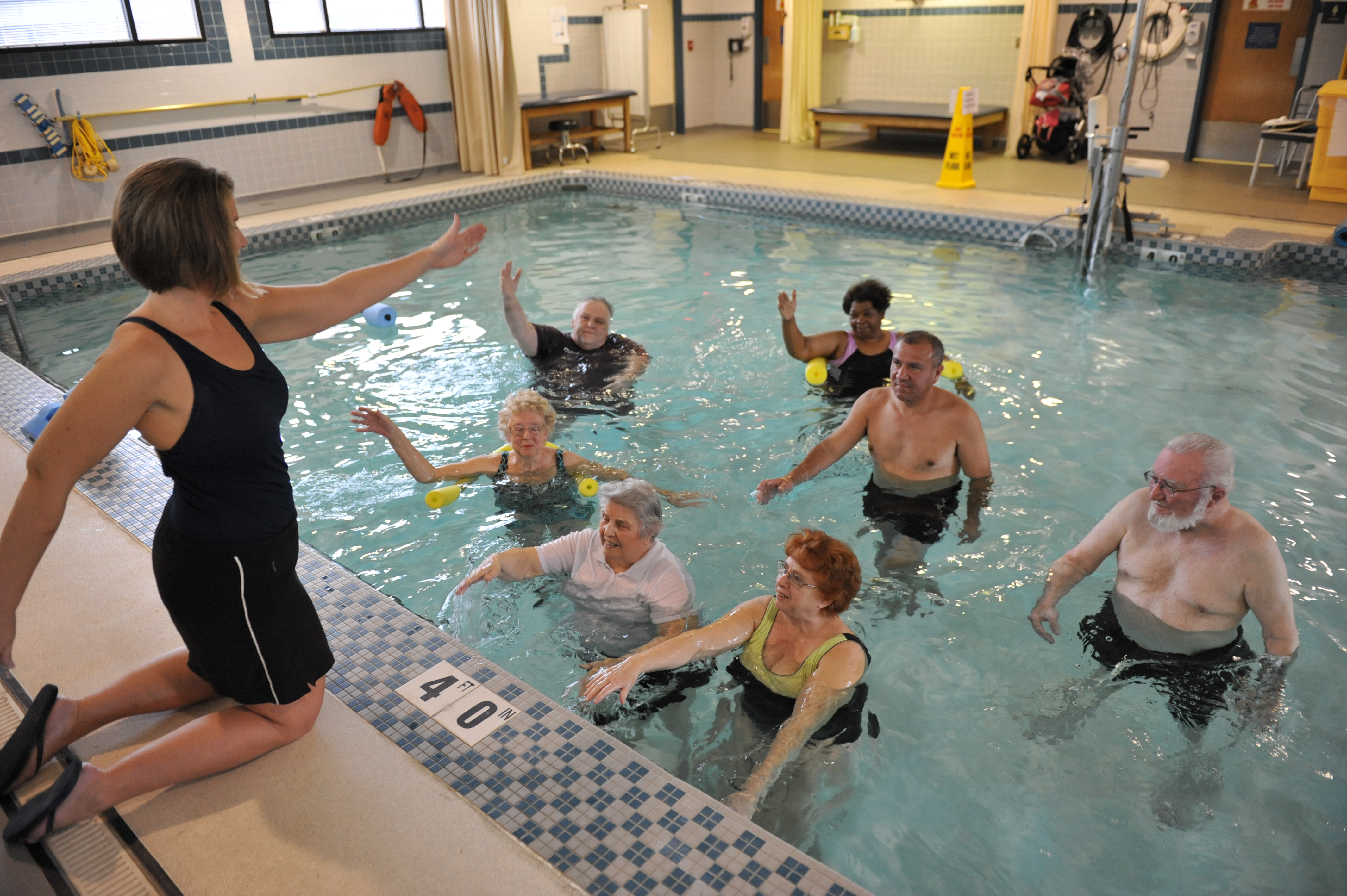In order to understand the effectiveness of hydrotherapy in the rehabilitation of athletes, it is important to discuss the advantages and disadvantages, as well as critically evaluating the treatment method. “Hydrotherapy is the medical use of water for positive health benefits” (Bahadorfar, 2014). It provides an alternative to other post-exercise recovery treatments, such as massage and cryotherapy (Ślaga, et al., 2018). As technology continues to develop, exercise pools now have underwater treadmills, underwater video cameras and numerous aquatic exercise equipment pieces, which can be used and examined by highly skilled aquatic therapists (Reynolds, 2015).

It is vital to consider the advantages of using hydrotherapy in the care of high-level athletes, during their rehabilitation progress (Reynolds, 2015). A positive factor with regards to the use of aquatic exercises and therapy, is that following injury, treatment can begin earlier in the pool than on land (Skinner, 2009). This is as a result of the heat of the water and the weight relief from the property of buoyancy, which allows for pain reduction and decreases muscle spasm, therefore, facilitates movement, coordination and functional recovery (Skinner, 2009). In an investigation on “The effect of post-exercise hydrotherapy on subsequent exercise performance and heart rate variability”, the results confirmed that hydrotherapy restores cardiac autonomic nervous system (ANS) function that stimulates parasympathetic reactivation and improves recovery after intense exercise (Stanley, Buchheit, Peake, & Kondo, 2012). The balance of high to moderate quality evidence supported that hydrotherapy within rehabilitation can improve many factors, including muscular strength, range of movement (ROM), balance and joint mobility which will promote a return to normal function, while decreasing pain, muscular spasm and oedema (Waining, Young, & Williams, 2011). Another benefit of hydrotherapy is that it provides an effective environment for performance training, in order to get an athlete back to competition (Reynolds, 2015).

There are disadvantages to the majority of any technologies, hydrotherapy being one of them. The physiological and biomechanical mechanisms by which aquatic exercise and therapy benefits athletes are still unclear as there is limited research and evidence to support this (Stanley, Buchheit, Peake, & Kondo, 2012). There are a number of water-related factors which affect the body, not just temperature, but water pressure as well as active or passive behaviour during the bath (buoyancy, resistance) all needs to be considered when planning the use of hydrotherapy in post-exercise recovery (Ślaga, et al., 2018). This adds a large amount of time onto the process. A study conducted by Stanley et al. (2012) presented that the results provide new evidence that the body’s response to hydrotherapy does not enhance or impair subsequent exercise performance (when recovery between physical exercise was short). This research disagrees with one of the main advantages of hydrotherapy. A final disadvantage is that the cost benefit of hydrotherapy remains unanswered as it is a very expensive therapeutic tool, especially when evidence for this type of treatment is still limited (Geytenbeek, 2002).
To conclude the effectiveness of hydrotherapy needs to be questioned. The advantages suggest functionally the treatment is beneficial, but there is still limited evidence to support this. More research needs to be conducted to see if the effects of hydrotherapy on exercise performance and cardiac parasympathetic activity, can depends on the demands of exercise and the duration of recovery time between sessions (Stanley, Buchheit, Peake, & Kondo, 2012).
References
Bahadorfar, M. (2014). A Study of Hydrotherapy and Its Health Benefits. International Journal of Research, 1(8), 294-305.
Geytenbeek, J. (2002). Evidence for effective hydrotherapy. Physiotherapy, 88(9), 514-529.
Reynolds , J. (2015). The Use of Aquatics in Orthopaedic and Sports Medicine Rehabilitation and Physical Conditioning. Physical Therapy in Sport , 16(2), 204.
Skinner , A. (2009). A case for hydrotherapy in sport. SportEX Dynamics(20), 18-19.
Ślaga, J., Gizińska, M., Rutkowski, R., Rąglewska, P., Balkó, S., & Straburzyńska-Lupa, A. (2018). Using hydrotherapy at different temperatures for promoting recovery in professional athletes. Invited Review Trends in Sport Sciences, 57(25), 57-67.
Stanley, J., Buchheit, M., Peake, J. M., & Kondo, N. (2012). The effect of post-exercise hydrotherapy on subsequent exercise performance and heart rate variability. European Journal of Applied Physiology, 112(3), 951-961.
Waining, M., Young, I. S., & Williams, S. B. (2011). Evaluation of the status of canine hydrotherapy in the UK. Veterinary Record, 168(15), 407.
